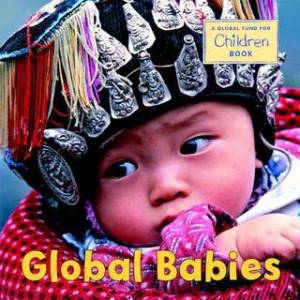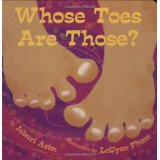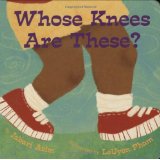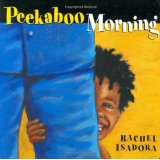There is a new level of understanding of the role of race in adoption. We now understand that color blindness is both a myth and a folly. Instead, adoptive families must remove the blinders and have the courage to talk about race in myriad ways. Books offer an easy way of opening and exploring these conversations.
It is a truism that books serves as both mirrors and windows–mirrors of our child’s particular experience and windows onto the wider world. We must include books that perform both tasks. Share books that reflect our child’s life and books that also reveal alternate communities, cultures and, experiences. The first type of book connects children to their own world, helps them to understand and function in it. The second type showcase people, places and activities that are different. Reading such books expand children’s horizons, nurture empathy and allay fears of difference.
 Humans beings tend to fear that which is different and unfamiliar. Technology and the internet have exploded the old confines of living in a small world. It is important to help our children develop the ability to live in the global world that is their reality.
Humans beings tend to fear that which is different and unfamiliar. Technology and the internet have exploded the old confines of living in a small world. It is important to help our children develop the ability to live in the global world that is their reality.
Commit to choosing books that include a range of characters. Explore stories about other cultures. As reported in this CNN article, the American Academy of Pediatricians advises parents to read daily to their children from birth! We can begin fulfilling this intentional commitment to diversity even when reading with our babies!
Global Babies by the Global Fund for Children is a sweet board book that features close-up photographs of babies’ faces, each from a different country around the world. Global Babies is my five-month-old grandson’s favorite book. He squeals with delight with each page turn.

 Charmingly illustrated by LeUyen Pham, two books written by Jabari Asim: Whose Toes Are Those? and Whose Knees Are These? connect with my grandson in two ways: they mirror his world because like most babies, he has toes and knees and has experienced the activities depicted in the book. Since the illustrations feature African-American characters, the books also serve as a window onto another culture, thus blending both the familiar and the different. (Since both author and illustrator are not Caucasian, these two books offer an added diversity bonus!)
Charmingly illustrated by LeUyen Pham, two books written by Jabari Asim: Whose Toes Are Those? and Whose Knees Are These? connect with my grandson in two ways: they mirror his world because like most babies, he has toes and knees and has experienced the activities depicted in the book. Since the illustrations feature African-American characters, the books also serve as a window onto another culture, thus blending both the familiar and the different. (Since both author and illustrator are not Caucasian, these two books offer an added diversity bonus!)
 Peekaboo is a universal game so it is not surprising that my grandson also enjoy Peekaboo Morning by author-illustrator, Rachel Isadora. The illustrations primarily feature an African-American family but also include the toddler’s friend who is Caucasian.
Peekaboo is a universal game so it is not surprising that my grandson also enjoy Peekaboo Morning by author-illustrator, Rachel Isadora. The illustrations primarily feature an African-American family but also include the toddler’s friend who is Caucasian.
These four board books have universal appeal and make a fabulous and important addition to the family library and help lay the foundation for multiculturalism early in a child’s life.


